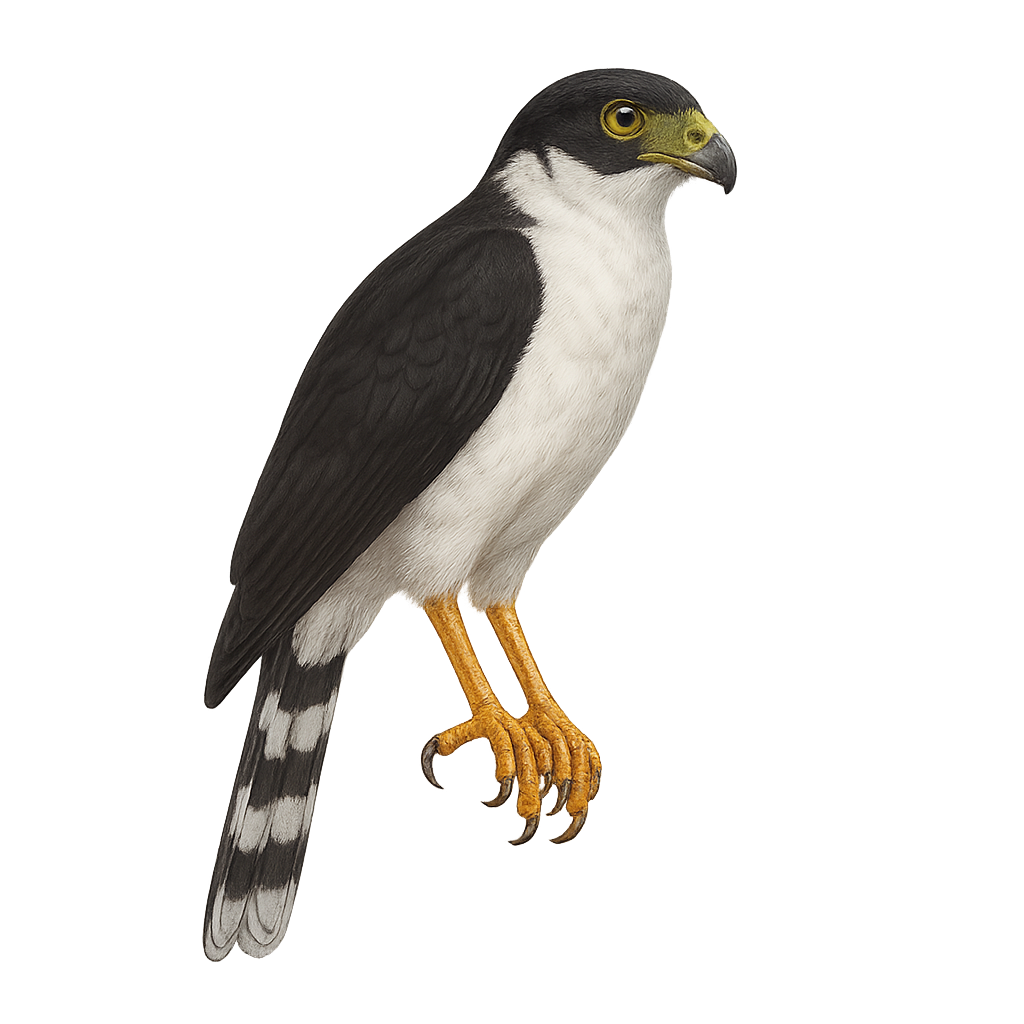Your wildlife photography guide.
Explore the collared forest falcon in detail, study its behavior, prepare your shots.
Where to observe and photograph the collared forest falcon in the wild
Learn where and when to spot the collared forest falcon in the wild, how to identify the species based on distinctive features, and what natural environments it inhabits. The WildlifePhotographer app offers tailored photography tips that reflect the collared forest falcon’s behavior, helping you capture better wildlife images. Explore the full species profile for key information including description, habitat, active periods, and approach techniques.
Collared Forest Falcon
Scientific name: Micrastur semitorquatus

IUCN Status: Least Concern
Family: FALCONIDAE
Group: Birds
Sensitivity to human approach: Suspicious
Minimum approach distance: 20 m
Courtship display: February to March
Incubation: 30-32 jours
Hatchings: March to May
Habitat:
tropical forests, subtropical forests, moist forests
Activity period :
Primarily active during the day, with peak activity in the morning and late afternoon.
Identification and description:
The Collared Forest Falcon, or Micrastur semitorquatus, is a medium-sized raptor primarily found in the dense tropical forests of Central and South America. It is distinguished by its dark plumage, often black or dark gray, with a distinctive white collar around its neck. This agile and discreet predator feeds mainly on small mammals, birds, and reptiles. Known for its ability to hunt in cluttered forest environments, it uses silent flight and great agility. Although not extensively studied, it plays a crucial role in the ecological balance of its natural habitat.
Recommended lens:
400 mm – adjust based on distance, desired framing (portrait or habitat), and approach conditions.
Photography tips:
To photograph the Collared Forest Falcon, it is advisable to use a 400mm or longer telephoto lens to capture detailed images from a distance. Look for it early in the morning or late afternoon when the light is soft and it is more active. Be patient and discreet, as this bird is suspicious and can easily be startled. Use a tripod to stabilize your camera and adjust the ISO settings to compensate for low light under the forest canopy.
The WildlifePhotographer App is coming soon!
Be the first to explore the best nature spots, track rutting seasons, log your observations, and observe more wildlife.
Already 1 439 wildlife lovers subscribed worldwide

